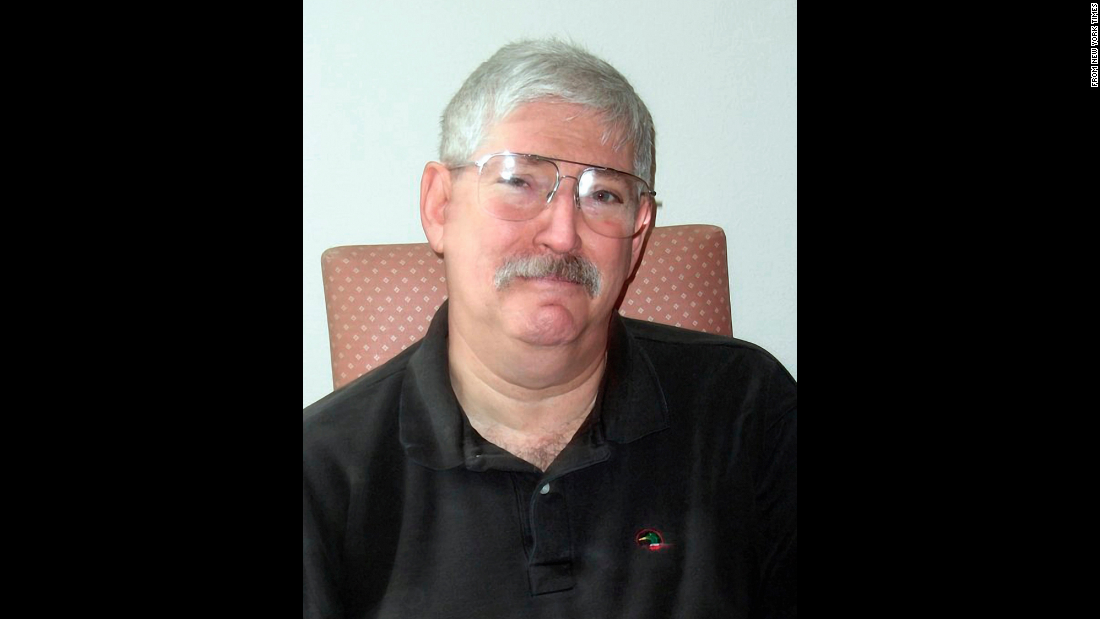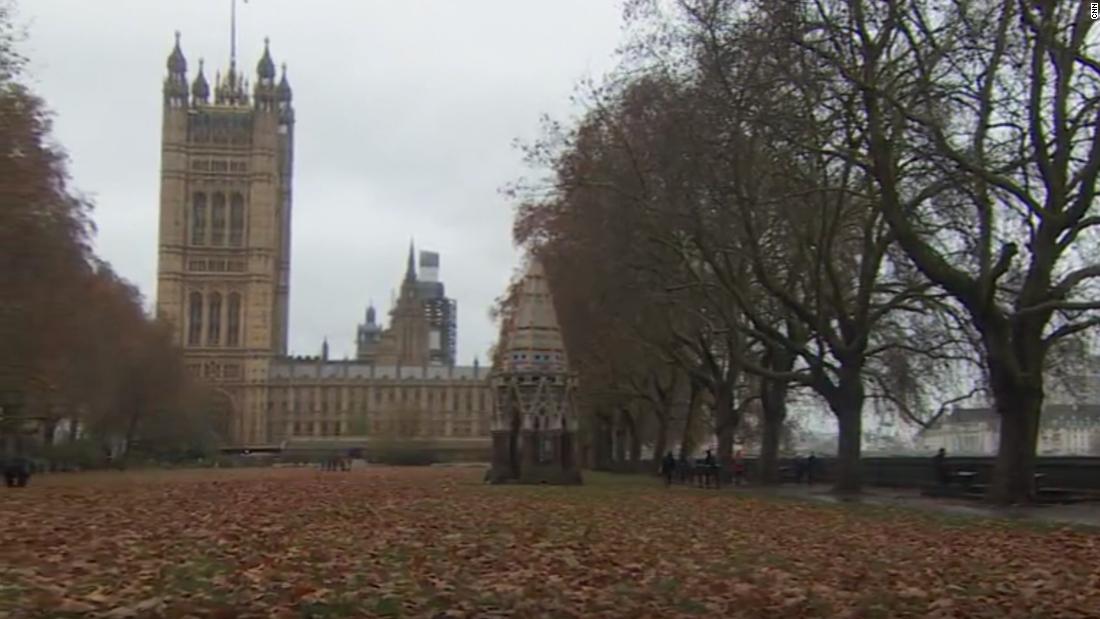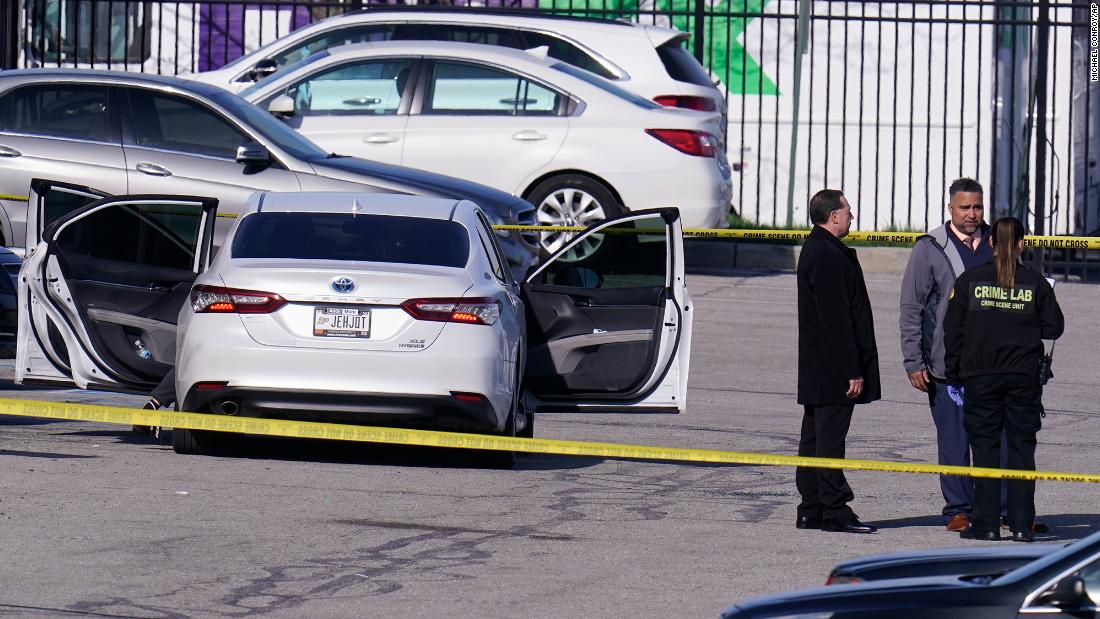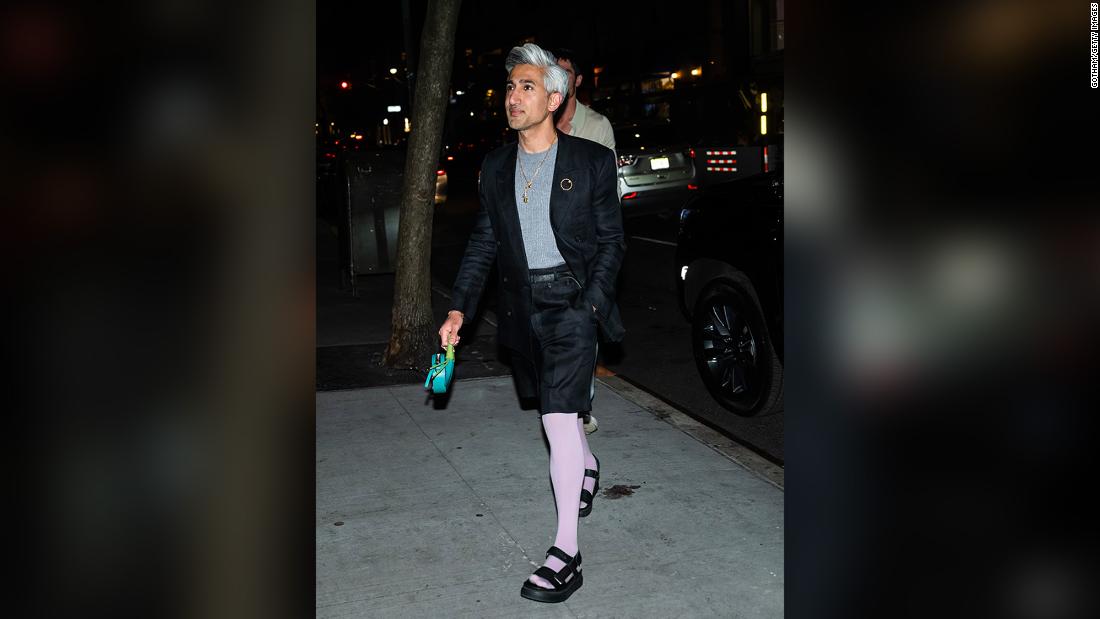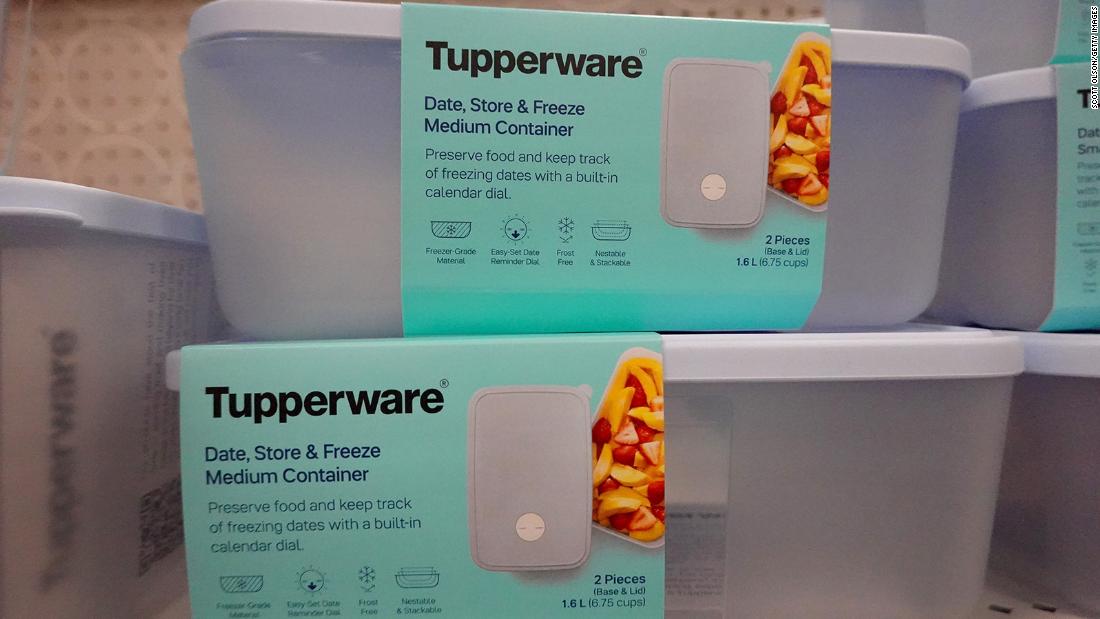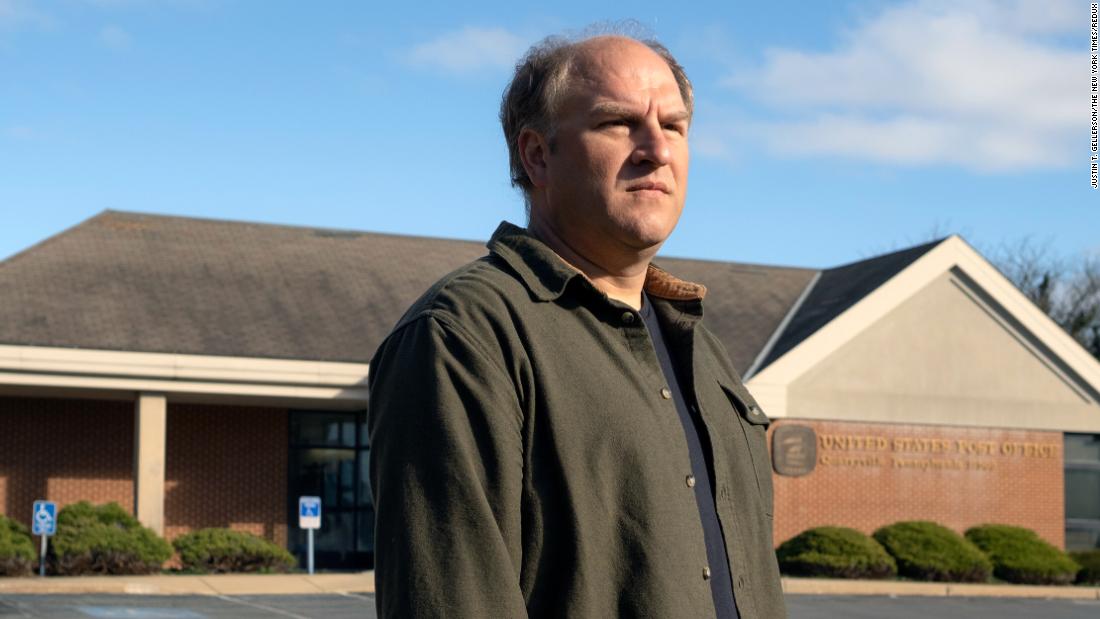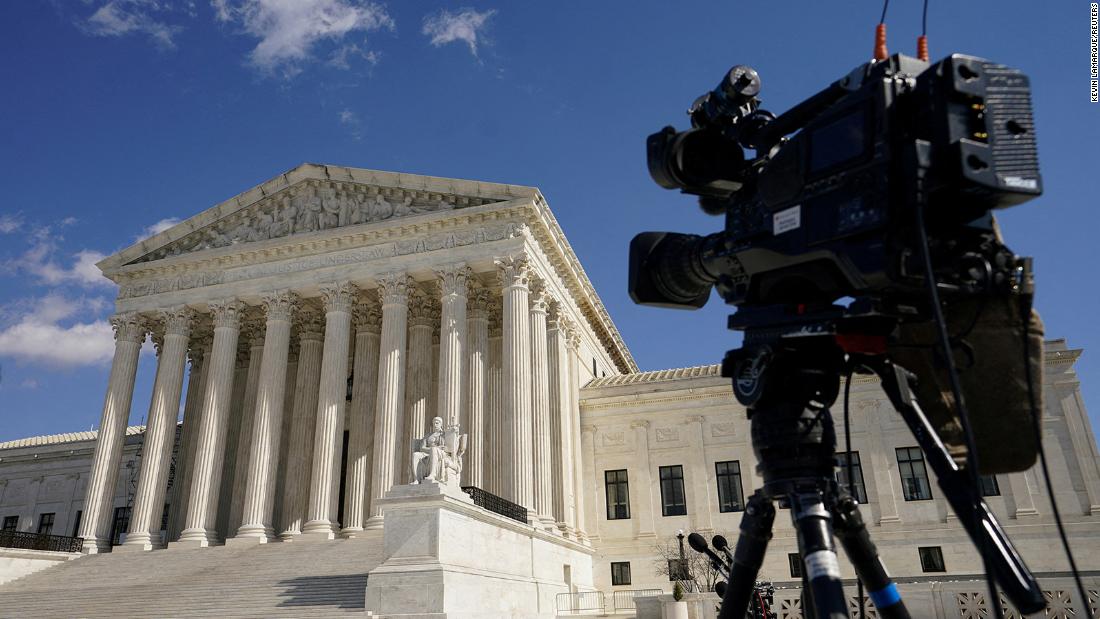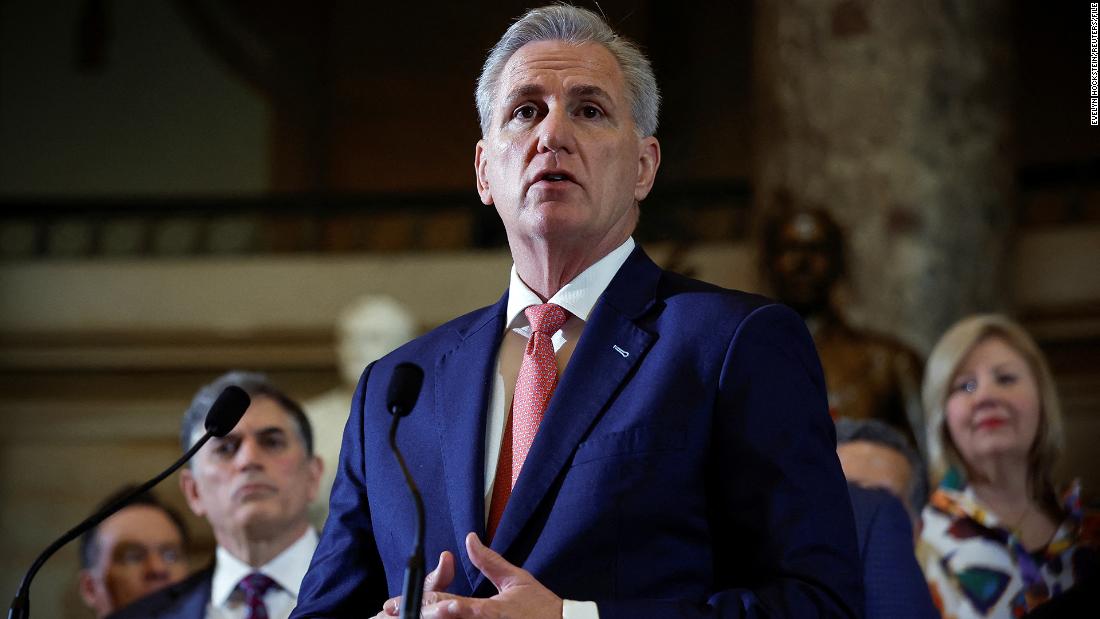ELDERLY patients were left to be treated in a Costa Coffee after an overwhelmed hospital was forced to turn the cafe into a makeshift ward.
The struggling hospital was left with no choice but to wheel beds into the re-purposed cafe where it tended to patients earlier this week.
Gary StoneThe hospital was forced to turn its Costa Coffee into a makeshift ward earlier this week[/caption]
Cover ImagesThe cafe was blocked off and a security guard was posted to the area[/caption]
Cover ImagesThe Kent hospital was forced to take extreme measures on Tuesday, as its emergency care crisis worsens[/caption]
As Kent‘s emergency care crisis worsens, William Harvey Hospital had to take extreme measures last Tuesday.
This saw the Ashford Hospital close its Costa Coffee and put extra beds in its place.
Health campaigners have described the scenes that unfolded earlier this week as humiliating, reports KentOnline.
A spokesperson for the trust explained that patients had to be moved due to significant demand for emergency services, with some even being diverted to neighbouring hospitals.
This demand saw the main seating area of Costa Coffee be blocked off with screens as the hospital made room for extra beds.
A security guard was also posted to the area.
A relative of one patient accused the East Kent Hospitals Trust of “leaving people to rot.”
She told KentOnline: “It really feels like they have given up on the elderly.
“What does it say about the way things are going when they’ve even run out of room in the corridors?”
The government’s health department has since branded the situation unacceptable.
It has also demanded hospital bosses to take urgent action to resolve the issue.
Tracey Fletcher, Chief Executive for East Kent Hospitals University NHS Foundation Trust, told The Sun: “Our priority is to see all our patients as quickly and safely as possible in our emergency department.
“Despite the hard work of our staff, it is sometimes necessary to care for some of our patients in the department’s corridor.
“We are working hard to stop this.
“However, on Tuesday due to significant demand for emergency services, a small number of patients were temporarily cared for within the coffee area, while we arranged for emergency patients to be diverted to other hospitals within the area.
“Despite the area being screened off to maintain the privacy of patients, we know that this is unacceptable and we are very sorry to patients who have been cared for in this way.
“This will not be allowed to happen again.
“We are working hard to reduce the time patients wait in our emergency department and are investing £16.2m to improve and expand the Same Day Emergency Care Unit and ensure that our patients receive the care and experience they deserve.”
This comes after Kent residents faced wait times of at least 12 hours for bed on a ward in August.
The Sun also reported earlier this year that elderly patients were left waiting in beds lined along the Ashford hospital corridor.
Around 15 were wheeled there because the department’s bed bays were all full — an increasing problem nationwide, says the Royal College of Nursing.
Carer Samantha Howes, 38, was met with the “disturbing” sight when she took her daughter, who was suffering from a suspected appendicitis, to the hospital.
The mum of two said: “I’ve never seen anything like it. It makes you emotional.
“I went to get a drink but couldn’t make it all the way because it was just so overwhelming. It was very distressing to walk past.
“If you’re not being seen you’re just left there.
“A lot of these elderly folk looked fearful and confused.”
Patricia Marquis, of the Royal College of Nursing, told The Sun at the time: “Scenes like this are being repeated daily in hospitals across the UK.
“It is undignified, unsafe and normalised all year round.
“It is a symptom of a failure to invest in the NHS.”
Not known, clear with picture deskThe Sun reported earlier this year, that the hospital had to make use of the corridors to treat patients[/caption]
East Kent Hospitals is currently ranked amongst one of the worst-performing trusts in the country.
Last week, a new league table placed it 101st out of 134 acute care providers.
Ken Rogers, the chair of Concern for Health in East Kent has labelled the situation horrendous and absolutely disgusting.
He said: “For patients to be put in a cafe area is frankly humiliating.”
He added that this reshuffling shows how bad the situation is with regard to lack of wards and bed space.
He urged that this needs to be addressed immediately.
Mr Rogers admitted that he regularly hears that residents are too scared to go to hospital in the fear that they will be abandoned in the corridor.
He is now urging East Kent Hospitals to push the government for additional funding and support.
Ashford MP Sojan Joseph added that efforts must continue to end the use of corridor care and relieve pressure on A&E departments.
This comes after a Kent Coroner warned earlier this year of the risk that this situation could have on causing future deaths.
It followed the tragic death of 91-year-old Dorothy Reid, who refused to return to the QEQM after previously waiting there in discomfort for hours, despite having a broken back.
She later died from a blood clot after insisting that she would not to go to A&E due to a previous poor experience.
TIMELINE OF THE NHS WAITING LIST
THE NHS waiting list in England has become a political flashpoint as it has ballooned in recent years, more than doubling in a decade.
The statistics for England count the number of procedures, such as operations and non-surgical treatments, that are due to patients.
The procedures are known as elective treatment because they are planned and not emergencies. Many are routine ops such as for hip or knee replacements, cataracts or kidney stones, but the numbers also include some cancer treatments.
This is how the wait list has changed over time:
August 2007: 4.19million – The first entry in current records.
December 2009: 2.32million – The smallest waiting list on modern record.
April 2013: 2.75million – The Conservative and Liberal Democrat coalition restructures the NHS. Current chancellor Jeremy Hunt was Health Secretary.
April 2016: 3.79million – Junior doctors go on strike for the first time in 40 years. Theresa May is elected Prime Minister.
February 2020: 4.57million – The final month before the UK’s first Covid lockdown in March 2020.
July 2021: 5.61million – The end of all legal Covid restrictions in the UK.
January 2023: 7.21million – New Prime Minister Rishi Sunak pledges to reduce waiting lists within a year, effectively April 2024.
September 2023: 7.77million – The highest figure on record comes during a year hit with strikes by junior doctors, consultants, nurses and ambulance workers.
February 2024: 7.54million – Ministers admit the pledge to cut the backlog has failed.
August 2024: 7.64million – List continues to rise under Keir Starmer’s new Labour Government.
September 2024: 7.57million – A one per cent decline is the first fall since February and a glimmer of hope.
December 2024: 7.46million – The list has fallen for four consecutive months.
January 2025: 7.43m – Still falling but slowly, likely due to added strain on emergency services and more cancellations due to illness over winter.
May 2025: 7.36m – The lowest for two years, since 7.33m in March 2023.
June 2025: 7.37m – Increased again, but only by about 10,000. Health bosses played it down and said it increases every June.
Cover ImagesKen Rogers, the chair of Concern for Health in East Kent, is demanding that this issue is addressed[/caption]
Gary StoneThis comes after East Kent was ranked 101st out of 134 acute care providers in the new league tables[/caption] Published: [#item_custom_pubDate]





























